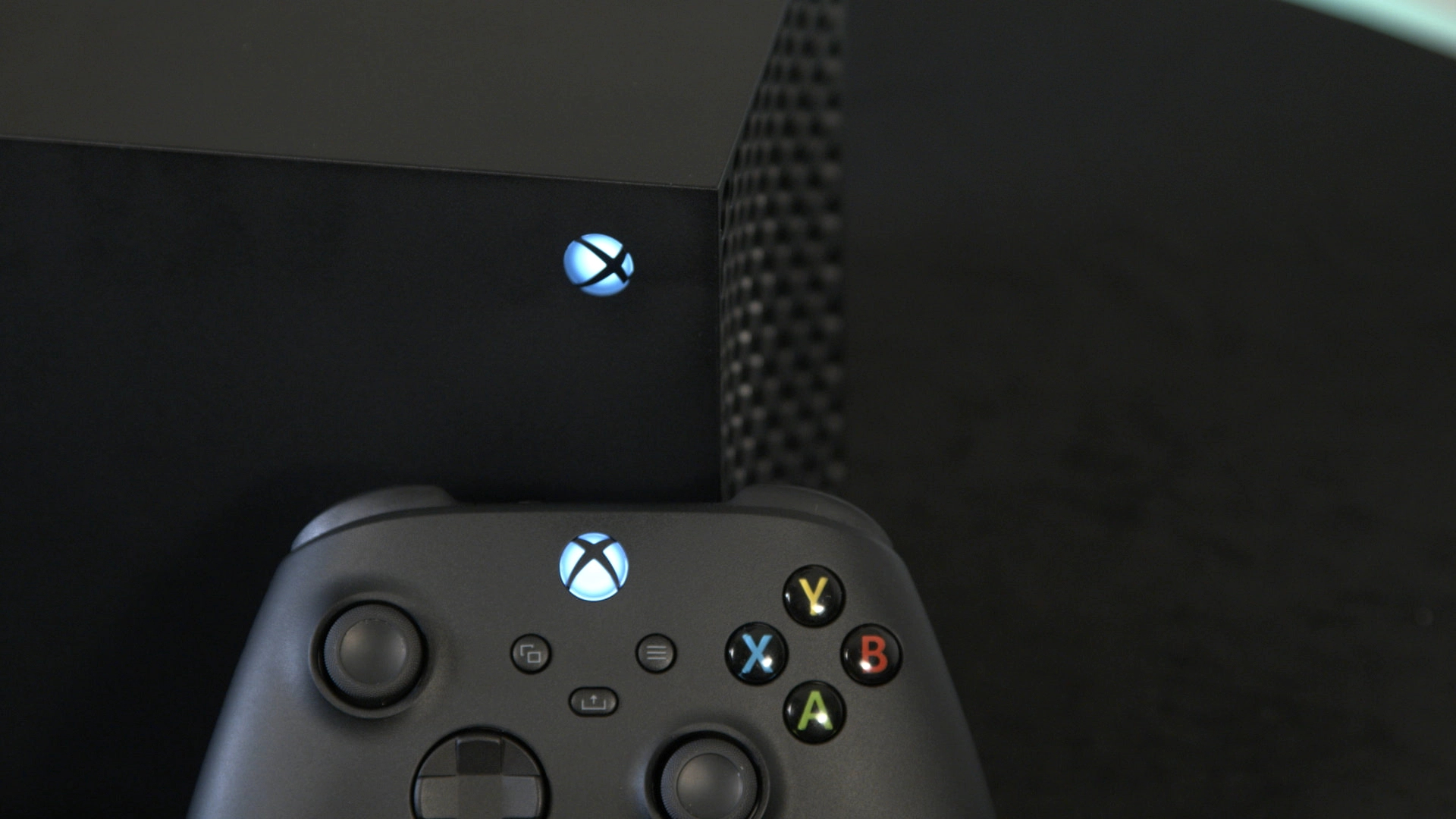
The Xbox Series X is among the most powerful consoles on the market. And all that power can result in a significant energy cost, especially if it’s the centerpiece of your gaming setup.
Microsoft is keenly aware of this, too. Xbox Series X and Xbox Series S consoles feature a handful of power options that aim to offer a balance of high-end features and energy efficiency. If you’re in the Xbox Insider program, you may have noticed that your Xbox Series X power options have reverted to the default ‘Shutdown’ mode. This is intentional, as Microsoft explores ways to commit to its carbon neutrality pledge.
But if you’d prefer a different energy-saving setting on Xbox Series X, what are your options? And more importantly, what does each achieve for you and your console? Read on if you’d like to learn more about Xbox Series X energy-saving modes and how they impact your playtime.
How to change power options on Xbox Series X

You'll have to navigate through your console's Settings app to change to your desired power options on Xbox Series X. You can do this easily by tapping the Xbox Wireless Controller’s central Home button, either on the dashboard or in-game. This will bring up a quick access side panel. Navigate to the cog icon at the bottom and select it to open the Settings app.
Once you’re in, head to the General tab, and navigate to the Power options section. Here, you’ll be presented with several power options, each one breaking down how they’ll affect your console and gameplay. Read on to learn how each power option impacts your Xbox Series X.
Xbox Series X power options: Shutdown
‘Shutdown’ mode is what your Xbox Series X is set to out of the box. This Xbox Series X power option is the most energy efficient, as it will completely turn off your console when you finish playing. If you want to reduce your energy bills, you should consider using Shutdown mode.
There are a few things to keep in mind, however. The console takes roughly 45 seconds to boot up again once you switch it back on. Additionally, processes like Xbox Series X’s Quick Resume feature will reset, meaning your games won’t resume from where you left off; instead you will boot them fresh.
Get daily insight, inspiration and deals in your inbox
Sign up for breaking news, reviews, opinion, top tech deals, and more.
Xbox Series X power options: Sleep
Sleep mode will be the go-to power option if you play your Xbox Series X regularly and enjoy convenient features like Quick Resume that allow you to pick up a game right from where you left off without needing to boot it up again. Sleep mode puts your console into standby when switched off. This means the Xbox stores most processes from your last gaming session, making boot times much faster.
While Sleep mode has a higher wattage consumption than Shutdown when switched off, its convenience is certainly enticing. It’s the power option to consider if you frequently hop between games or want to start a gaming session in a pinch. In this sense, it’s an excellent choice for Xbox Game Pass users who find themselves downloading and playing multiple titles.

How much energy does each Xbox Series X power option consume?
There’s a significant difference in energy consumption between Xbox Series X’s main two power options. When in Sleep mode, your console consumes approximately 13W, and is the more demanding option. However, when set to Shutdown mode, that drops to a considerably lower 0.5W.
Which Xbox Series X power option should I use?
If you regularly play your Xbox Series X and want continuous use of excellent features like Quick Resume (as well as enjoying faster boot times), you’ll want to set your console to Sleep mode. For those who only play every so often or want to save energy, Shutdown mode is the best option.

Rhys is TRG's Hardware Editor, and has been part of the TechRadar team for more than two years. Particularly passionate about high-quality third-party controllers and headsets, as well as the latest and greatest in fight sticks and VR, Rhys strives to provide easy-to-read, informative coverage on gaming hardware of all kinds. As for the games themselves, Rhys is especially keen on fighting and racing games, as well as soulslikes and RPGs.